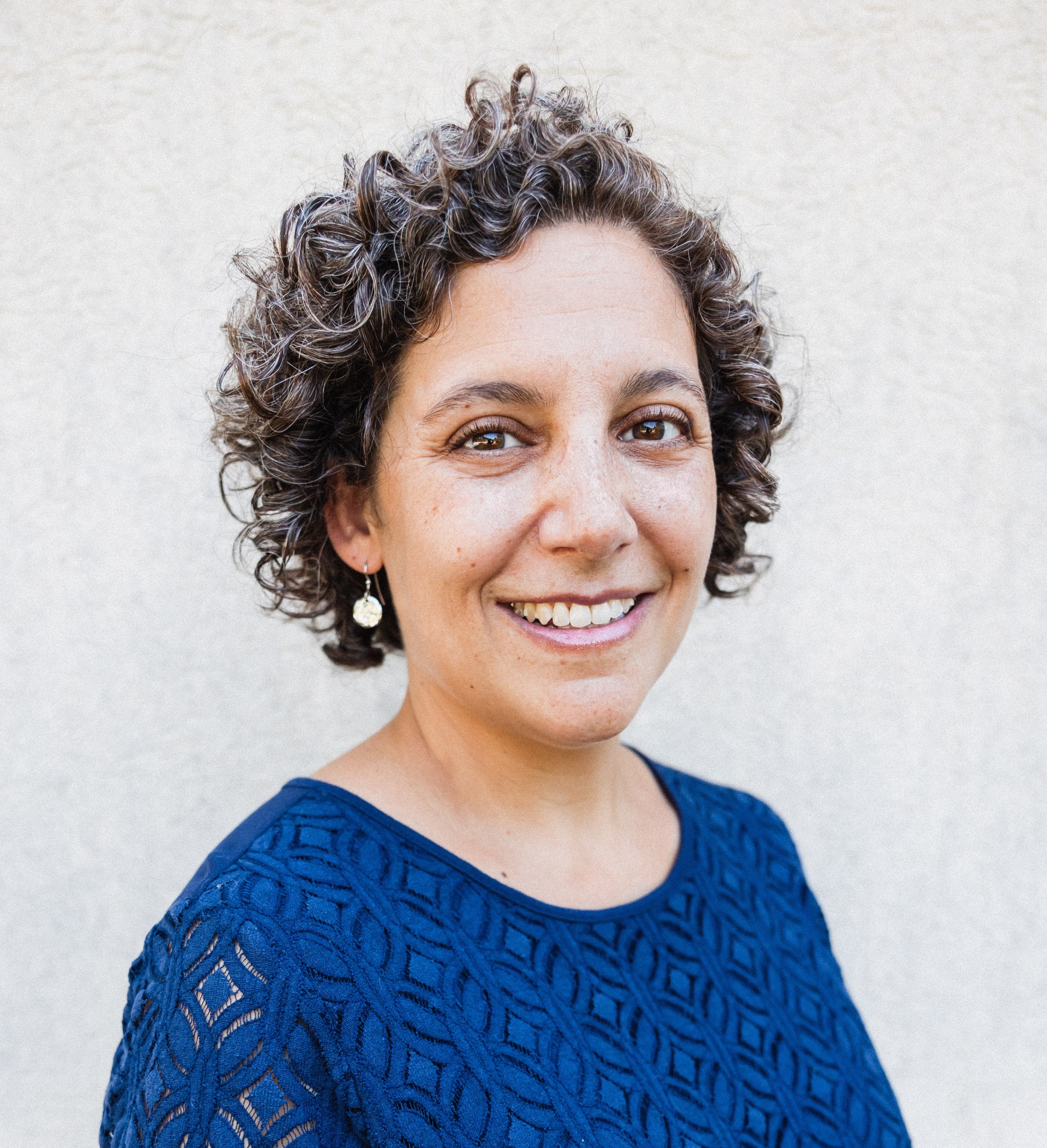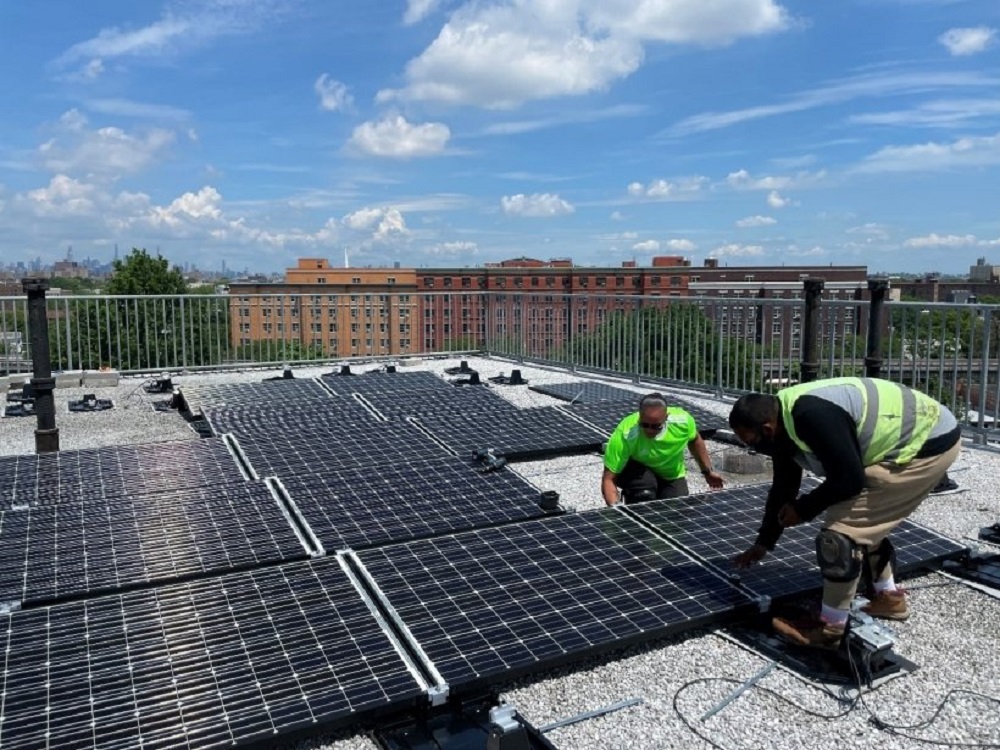With the passage of the Inflation Reduction Act (IRA) one year ago, Congress created historic job growth opportunities, invested heavily in clean energy deployment, and strongly committed to serving America’s disadvantaged communities. In the year since, federal agencies have done incredible work in carefully considering the competing goals of the IRA and attempting to right-size its impact.
Yet, even they could not have predicted the deluge of applications for all these programs.
Take, for example, the $7 billion Solar for All (SFA) competitive grant program, which is overseen by the Environmental Protection Agency (EPA) and accepting applications through October 12, 2023. After receiving 270 notices of intent requesting more than $40 billion — more than five times the amount allocated — the EPA recently had to revise the required reach of the award amounts. This is fantastic news. Yet, this fierce competition means states need to be even more intentional about their community solar program designs in their applications if they are to capitalize on this once-in-a-generation opportunity to impact their most vulnerable residents.
The SFA program aims to expand the number of disadvantaged communities primed for rooftop and community solar investment — enabling millions of low- to moderate-income (LMI) households to access affordable, resilient, and clean solar energy. Community solar refers to a solar array located within a community where multiple customers can subscribe and receive a credit on their utility bill for their share of the power that is produced — a perfect solution for millions of Americans who face barriers to installing rooftop solar. Given the goals of the SFA program and community solar at-large, you can see why the two are a perfect match and have created such high demand.
Across both the SFA and other IRA programs, a few principles stand out: incentivize the deployment of shovel-ready clean energy projects and ensure that LMI Americans reap the lion’s share of these projects’ benefits. From my time at the Coalition for Community Solar Access (CCSA), I can say that the community solar industry has been focused on these areas long before this law and stand ready to meet these programs’ requirements. However, some program design proposals are creating tension between the immediate need for clean, competitively priced generation and longer term program objectives like market transformation and wealth building. To ensure the ultimate goals of said-programming occur while creating strong, sustainable projects, applicants need to keep three things in mind.
First, I encourage states and federal agencies to think big and to prioritize solutions that most rapidly deploy community solar and the benefits that come with it. Program designs that use incentives, rebates, or other monetary awards will cover part of the project costs while developers access private capital to fund the rest. This approach can fund deployment of more capacity significantly faster while leveraging private money to meet the goals of the IRA.
Incentive-based programs can also help offset the increased risk of a commitment to serve LMI populations that other program designs often cannot. Some states are considering using the SFA funding primarily for increasing money available through green banks. While green banks are an effective tool for building new markets and market entrants, they often fund 100% of a given project, which can limit long-term potential growth opportunities. Overall, coupling and designing incentive-based programs will more effectively provide immediate benefits, reduce energy burdens, and increase access to clean energy for LMI households. By thinking bigger — and strategically — about how to design programs that combine the best of each funding mechanism, we can achieve more and meet the goals of EPA’s application requirements.
Second, SFA programming that prioritizes broad and rapid deployment needs to also benefit the consumers who currently face the most barriers to clean energy market entry. American households making less than 80% of the area median income have energy burdens nearly three times higher than more affluent households. Utility rates are widely seen as regressive — lower income households are more likely to live in poor housing stock and lack access to capital for energy efficiency and other upgrades to reduce utility bills.
To help alleviate this disproportionate burden LMI households face, applicants should prioritize SFA projects that reduce energy bills, helping such households afford other necessities like rent and medicine. In addition, LMI households experience disproportionate impacts from utility outages and natural disasters. Extreme heat, flooding, and storms are more likely to impact LMI communities where they live and work. These households are the least able to bear these costs. Rapid deployment of renewables, such as community solar, will provide increased resiliency to these customers while reducing energy bills.
Finally, by thinking holistically, states can ensure applications support and harmonize with our broader electrification goals while still providing customers most in need with immediate savings. The IRA, in combination with the Bipartisan Infrastructure law, will boost electrification of transportation and home heating. This will create demand for new electric generation that should not be provided by increased fossil fuel generation. States should also consider the rapidly changing clean energy policy landscape in designing their programs — state legislatures are considering and passing clean energy legislation every year. Applications should ensure the flexibility necessary to respond to any new SFA opportunities that may arise during the five-year program period.
Achieving the IRA’s goals and working through the clean energy transition is going to require innovative program designs and lots of them. The SFA and all of its eligible applicants — states, territories, Tribal governments, municipalities, nonprofits, and even multi-state coalitions — are all vying for 60 awards of up to $400 million. The demand is enormous and bipartisan, coming from 45 red and blue states across the country. This diversity highlights the importance of effective program design and selection by federal implementers. Let’s make sure the community solar industry continues to prioritize rapid deployment of renewable generation and delivery of these immediate benefits to LMI households — both in our current work and applications for future programming.
 Molly Knoll is the vice president of policy of the Coalition for Community Solar Access (CCSA). Prior to joining CCSA she was senior commission advisor with Maryland Public Service Commission.
Molly Knoll is the vice president of policy of the Coalition for Community Solar Access (CCSA). Prior to joining CCSA she was senior commission advisor with Maryland Public Service Commission.
This article was amended to correct the application date. The correct date is October 12, 2023.
The views and opinions expressed in this article are the author’s own, and do not necessarily reflect those held by pv magazine.
This content is protected by copyright and may not be reused. If you want to cooperate with us and would like to reuse some of our content, please contact: editors@pv-magazine.com.








By submitting this form you agree to pv magazine using your data for the purposes of publishing your comment.
Your personal data will only be disclosed or otherwise transmitted to third parties for the purposes of spam filtering or if this is necessary for technical maintenance of the website. Any other transfer to third parties will not take place unless this is justified on the basis of applicable data protection regulations or if pv magazine is legally obliged to do so.
You may revoke this consent at any time with effect for the future, in which case your personal data will be deleted immediately. Otherwise, your data will be deleted if pv magazine has processed your request or the purpose of data storage is fulfilled.
Further information on data privacy can be found in our Data Protection Policy.